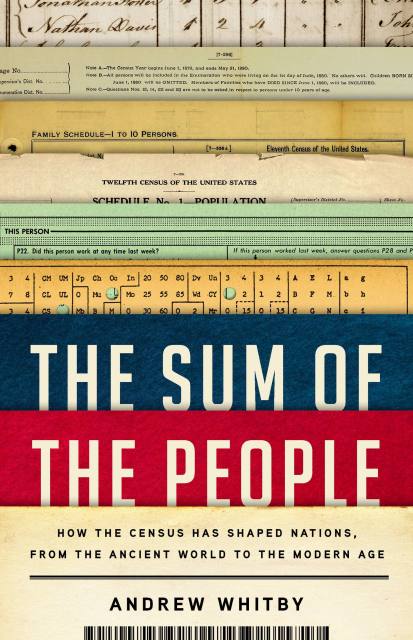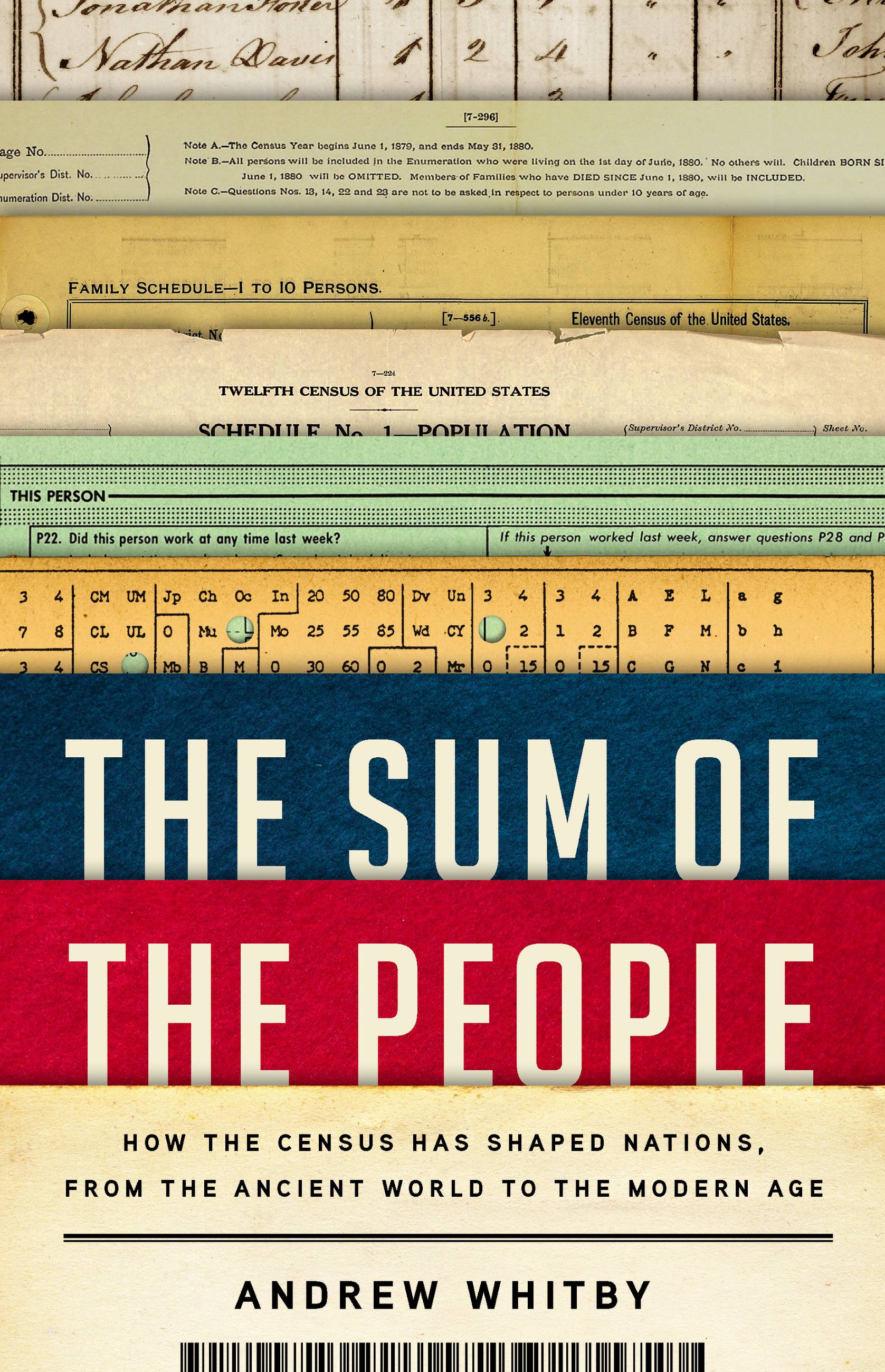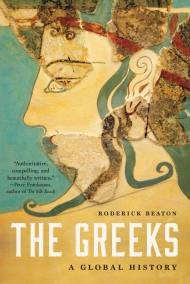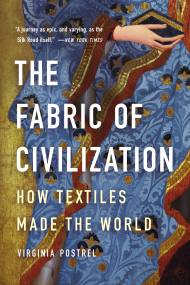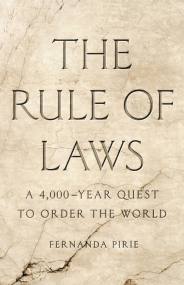Promotion
Use code MOM24 for 20% off site wide + free shipping over $45
The Sum of the People
How the Census Has Shaped Nations, from the Ancient World to the Modern Age
Contributors
Formats and Prices
Price
$18.99Price
$24.99 CADFormat
Format:
- ebook $18.99 $24.99 CAD
- Hardcover $30.00 $38.00 CAD
- Audiobook Download (Unabridged)
This item is a preorder. Your payment method will be charged immediately, and the product is expected to ship on or around March 31, 2020. This date is subject to change due to shipping delays beyond our control.
Also available from:
This fascinating three-thousand-year history of the census traces the making of the modern survey and explores its political power in the age of big data and surveillance.
In April 2020, the United States will embark on what has been called “the largest peacetime mobilization in American history”: the decennial population census. It is part of a tradition of counting people that goes back at least three millennia and now spans the globe.
In The Sum of the People, data scientist Andrew Whitby traces the remarkable history of the census, from ancient China and the Roman Empire, through revolutionary America and Nazi-occupied Europe, to the steps of the Supreme Court. Marvels of democracy, instruments of exclusion, and, at worst, tools of tyranny and genocide, censuses have always profoundly shaped the societies we’ve built. Today, as we struggle to resist the creep of mass surveillance, the traditional census — direct and transparent — may offer the seeds of an alternative.
In April 2020, the United States will embark on what has been called “the largest peacetime mobilization in American history”: the decennial population census. It is part of a tradition of counting people that goes back at least three millennia and now spans the globe.
In The Sum of the People, data scientist Andrew Whitby traces the remarkable history of the census, from ancient China and the Roman Empire, through revolutionary America and Nazi-occupied Europe, to the steps of the Supreme Court. Marvels of democracy, instruments of exclusion, and, at worst, tools of tyranny and genocide, censuses have always profoundly shaped the societies we’ve built. Today, as we struggle to resist the creep of mass surveillance, the traditional census — direct and transparent — may offer the seeds of an alternative.
Genre:
- On Sale
- Mar 31, 2020
- Page Count
- 368 pages
- Publisher
- Basic Books
- ISBN-13
- 9781541619333
